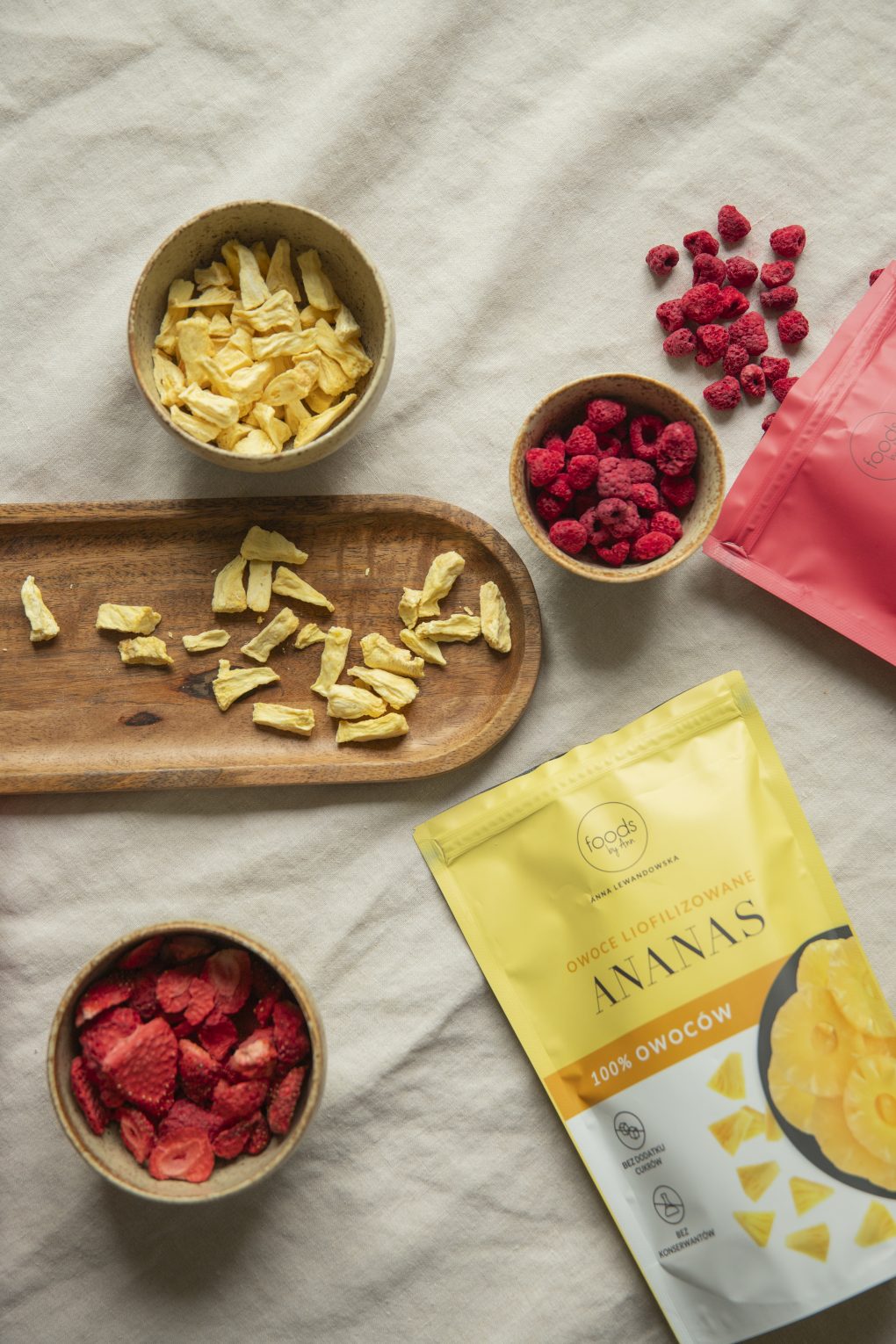
Lyophilization
No, no, we won’t be talking about eating meteorite powder today, but about freeze-drying. Lyophilization, otherwise known as freeze-drying, is a well-known food preservation process. Currently lots of products can be freeze-dried, like fruits, vegetables, coffee, ice cream, herbs, ready meals, and meat and its substitutes, even products for animals! The freeze-drying process consists in freezing the product to a temperature of -40°C, then steam is extracted from the product by raising the temperature to the initial value under significantly reduced pressure. The last step is drying. Finished products are packed in vacuum packaging to prevent rehydration. Freeze-dried food is extremely light, has a much longer shelf life, while retaining the shape, taste and nutritional value of the product without the need to add any preservatives or artificial ingredients.
The History and Use of Lyophilization
The first freeze-drying experiments took place in the second half of the 19th century. This technique was developed by Frenchman François Appert who is also known as the father of food preservation. However, the pioneering work on freeze-drying was done by Arsène d’Arsonval, also French, in 1906. Lyophilization was first used commercially during World War II when the US military used this technology to preserve blood plasma for transport to the battlefield. Outside the food industry, the freeze-drying process is widely used in the pharmaceutical industry for the production of drugs. Lyophilization is also used in the life sciences to store biological samples such as bacteria, viruses and tissues for research or diagnostic purposes. Interestingly, we owe the greatest development in the freeze-drying of food products to space exploration. Astronauts use freeze-drying to prepare meals for space missions. Actually, this food has been created to preserve the nutritional value and taste while reducing its weight and volume.
Advantages of freeze-dried food
- Longer shelf-life: the freeze-drying process removes most of the water from food products, which significantly increases their shelf life. Freeze-dried food can be stored for a long time without loss of quality, taste or nutritional value.
- Nutrient retention: unlike other methods of preservation, freeze-drying minimizes the loss of nutrients. Ingredients such as vitamins, minerals, proteins and enzymes are generally well preserved.
- Preservation of taste, texture, and flavor: freeze-drying minimizes changes in the structure and composition of food, which means that after rehydration, the products retain their original taste, flavor, and texture. For example, freeze-dried fruit often has an extremely intense flavor.
- Easy to store and transport: freeze-dried food is usually light and takes up less space compared to its original form. The reduction of weight and volume facilitates the storage and transport of food, especially in the case of long-term expeditions, journeys or space missions.
- Easy to prepare: freeze-dried food is usually ready to eat after a simple rehydration process that involves adding water. It does not require long cooking or preparation. Thanks to this, it is a practical solution for trips, camping or in emergency situations.
- No chemical additives: lyophilization is a process that does not require the addition of preservatives or other chemicals.
- Moisture proof: freeze-drying reduces the amount of water in the product, which makes it more resistant to moisture. This means that freeze-dried food is less susceptible to mold, fermentation or spoilage.
Lyophilization also has some limitations and is not suitable for all types of food. Some products may lose some flavor or texture as a result of this process.
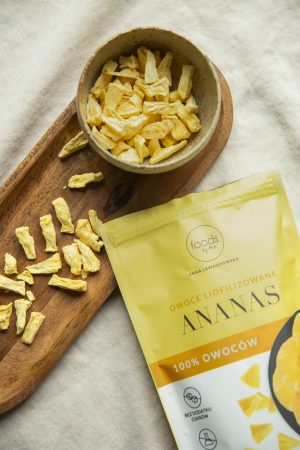
Disadvantages of freeze-dried food
- Higher Cost: The freeze-drying process is costly in terms of both equipment investment and operation. As a result, freeze-dried food is often more expensive compared to other forms of preservation.
- A complicated process: lyophilization is a complicated technological process that requires specialized equipment and knowledge. Producers must control temperature, pressure, and time for bestl results.
- High Moisture Susceptibility After Rehydration: After rehydration, freeze-dried foods become more susceptible to moisture and should be stored in airtight containers.
- Limited range of food: not all products are suitable for freeze-drying. Some products, such as fatty meats, raw vegetables and dairy, may have difficulty maintaining their quality and texture during the freeze-drying process.
Remember that most of these disadvantages relate mainly to the technical and economic aspect of freeze-drying, and not to the quality of the food itself.
Freeze-dried food in Foods by Ann
In my Foods by Ann store (HERE) you will find interesting freeze-dried products of high quality and nutritional value. All of them can be used in a variety of ways. Here are the freeze-dried products we offer:
- Freeze-dried strawberries, pineapples and raspberries. They can be used as an addition to oatmeal, muesli, smoothies, cakes, desserts, or as a healthy snack.
- Freeze-dried coffee. Suitable for direct, quick dissolution. Just pour hot water over it. It is ideal for busy people who do not use an espresso machine or a coffee machine.
Remember that we are constantly developing, introducing new freeze-dried products that can be used in the kitchen to prepare healthy, tasty, and nutritious dishes.
To sum up, freeze-drying is a long-known method of food preservation that allows to obtain a product of high quality and nutritional value without the addition of preservatives and other additives. Freeze-dried food is light and versatile in terms of both everyday use as part of a healthy diet and in extreme conditions such as mountain trips, space travel, or on battlefields. I would love to know if you have already used freeze-dried food and what your impressions are. Share them in the comments below! 🙂
Bibliography:
- Ciurzyńska A., Lenart A., Siemiątkowska M.: Wpływ odwadniania osmotycznego na barwę i właściwości mechaniczne liofilizowanych truskawek. Acta Agrophysica 2011, 17(1):17-32
- Gaidhani, K. A., Harwalkar, M., Bhambere, D., & Nirgude, P. S (2015). Lyophilization/freeze drying–a review. World journal of pharmaceutical research, 4(8), 516-543
- Gawlik P.: Liofilizacja żywności w aspekcie przemian fazowych roztworów amorficznych., www.ppr.pl 17.09.2001
- Sadowska, A., Dybkowska, E., Rakowska, R., Hallmann, E., & Swiderski, F. (2017). Ocena zawartości składników bioaktywnych i właściwości przeciwutleniających proszków wyprodukowanych metodą liofilizacji z wybranych surowców roślinnych. Żywność Nauka Technologia Jakość, 24(4)



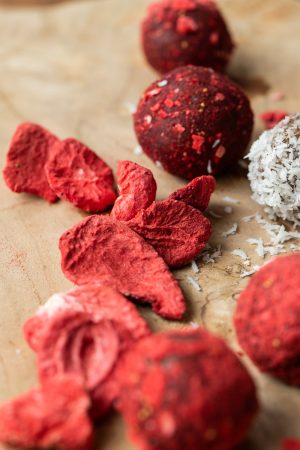
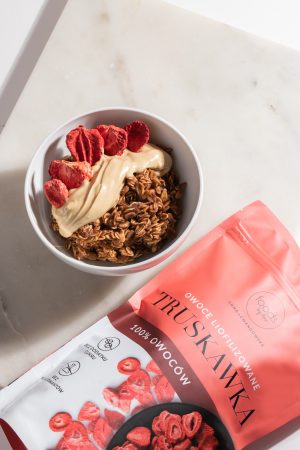


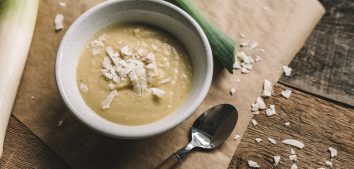

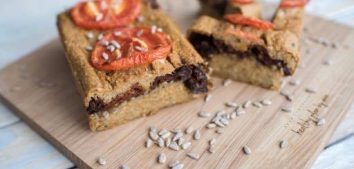
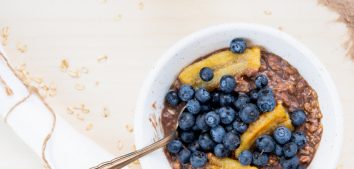

Comments No Comments
Join the discussion…